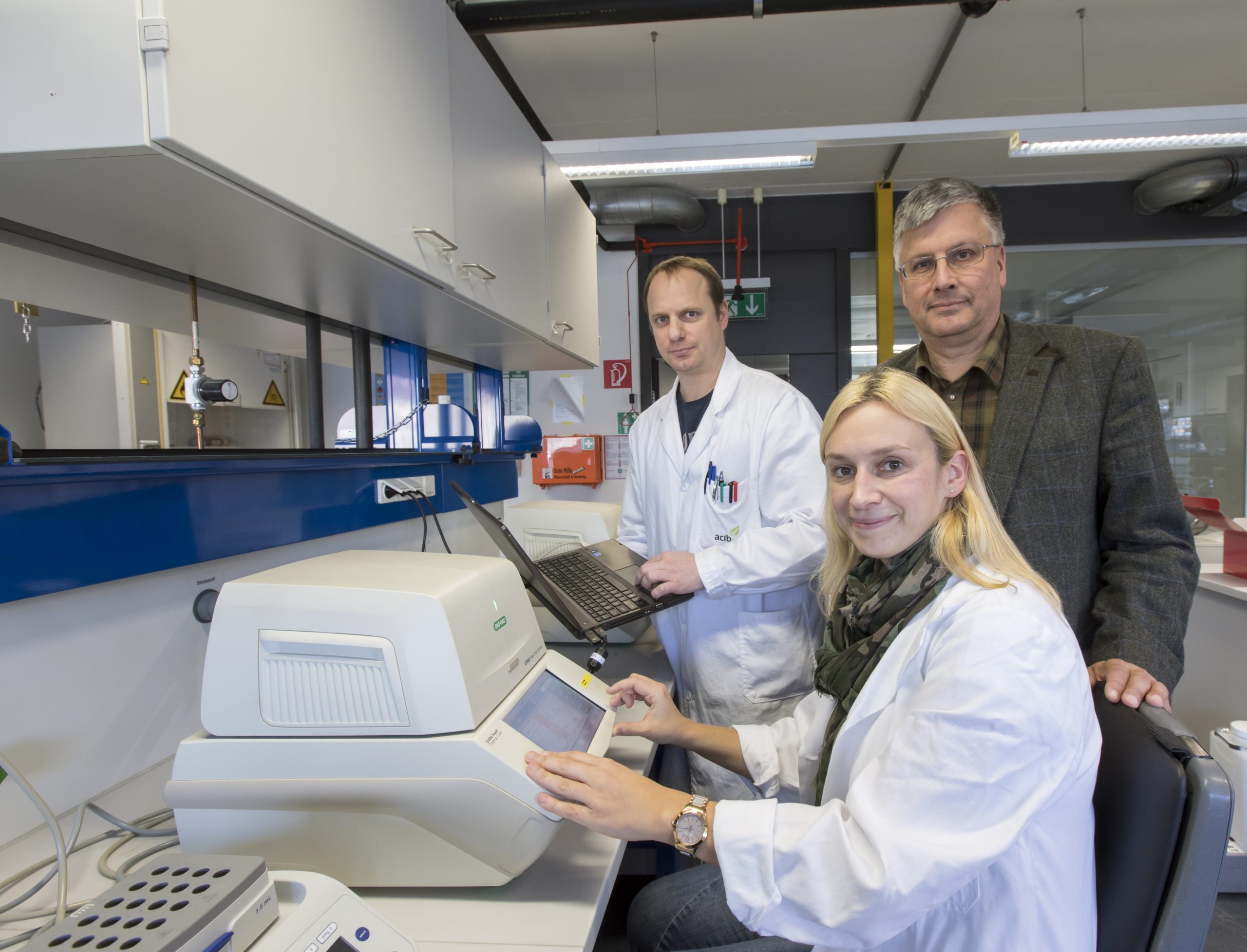
According to statistics, every year 8% of all deaths in Austria are caused by blood poisoning. Early detection would increase the chance of survival for a significant number of patients. After all, by the time the first symptoms appear, it is often already too late. Researchers from Graz have now developed a test for early detection of sepsis.
Blood poisoning is caused by many things. In most cases, it involves an inflammation which is triggered by an illness or injury. Such as pneumonia or an animal bite. Bacteria, fungi, parasites or viruses can enter the bloodstream this way and spread throughout the body. The body’s immune system reacts. If the body’s own tissues and organs are damaged in the process, blood poisoning ensues.
DNA molecules send out early signals
Long before we become aware of any disease ourselves, the body is already busy repairing itself. It does this by activating or deactivating genes, breaking down defective cells and building new tissue. When it does this, it also sends out signals. These signals include DNA molecules which are released from the body’s own cells and then circulate in the blood. Other cells recognize them as a message to stimulate an immune response. For physicians, these signal-emitting DNA molecules are known as biomarkers.
Researchers have discovered that these biomarkers are useful for detecting blood poisoning at an early stage. This is because they can be diagnosed with a high degree of accuracy two to three days before the onset of the first clinical symptoms.
The researchers focused on the type of sepsis that is caused by bacteria or fungi. They identified 24 biomarkers that are capable of detecting sepsis at an earlier stage than what was previously possible. Professor Christoph W. Sensen, head of the Institute for Computational Biotechnology at Graz University of Technology (TU Graz, Austria) elaborates on these findings.
Differentiates between three situations
Sensen’s team developed the algorithms used to identify the biomarkers. They used anonymized plasma samples from healthy and sick individuals. The ill patients had been diagnosed with either lymphoma or influenza, the latter is a disease whereby some of its symptoms are similar to blood poisoning.
With the help of the algorithms, biomarkers for early detection of sepsis were finally identified and an unprecedented set of biomarkers could be established. The data sets can differentiate between three situations:
- early stages of blood poisoning;
- first clinical signs in healthy individuals;
- other diseases.
Higher degree of diagnostic accuracy
The biomarker was specifically designed for a certain patient group. Diagnostic accuracy within this group was almost 90% in the period from two days before the first clinical signs until two days after diagnosis based on standard methods. In blind studies with patients who were not included in the development of the biomarkers, the accuracy was almost 81 %. Sensen explains that this method has shown that it can be used to diagnose sepsis at a much earlier stage than any alternate method can.
New real-time PCR test
Over the course of their studies, the researchers also developed a new type of real-time quantitative PCR test. PCR stands for Polymerase Chain Reaction, a method for amplifying nucleic acid. PCR-based tests are already available on the market. They are used to reproduce the DNA or RNA of an infectious pathogen in blood, plasma or serum samples, enabling the immediate detection of bacteria or fungi. In view of the large number of potential pathogen species, however, this is only feasible to a very limited extent and is therefore not very reliable. The new test developed by the Graz group, on the other hand, is concentrated on the body’s own signals. These can be measured much more precisely and at an earlier stage than is usually possible when it comes to directly detecting pathogens.
Sensen hopes that the tests will soon be used on a much wider scale. Applications for medical approval of the methods have already been submitted, both for the United States and for Europe. However, the coronavirus pandemic has caused the timetable to be put on hold. US hospitals are currently unable to supply plasma samples, Sensen states.
Early detection of COVID-19
Nevertheless, he also sees potential not only for the early detection of blood poisoning, but also for the treatment of COVID-19. Studies from China show that people suffering from severe COVID-19 infections often have blood poisoning in the final stages of their illness – as a secondary disease. Which is why Sensen and his team want to expand their research program. They want to develop diagnostic tools that reduce the consequences of the infections for those affected. High-risk patients will be identified more quickly and early intervention should be possible whenever the first signs of blood poisoning are detected.
The project partners
The following institutions are involved in the project:
-
Institute of Computational Biotechnology at TU Graz;
- Austrian Centre of Industrial Biotechnology (acib);
- Medical University of Graz;
- CNA Diagnostics GmbH (Grambach, Steiermark);
Publications
The work was published in two articles in the Journal of Biotechnology (Elsevier):
- Evaluation of host-based molecular markers for the early detection of human sepsis
- Circulating cell-free DNA is predominantly composed of retrotransposable elements and non-telomeric satellite DNA
Read more IO articles on innovative blood tests here.
Also interesting: Emerging India: Early detection of diabetes with ophthalmic adapters for smartphones







